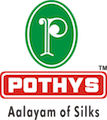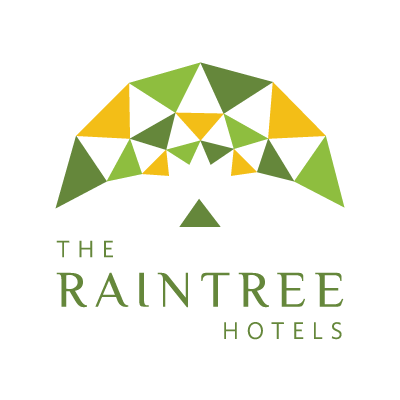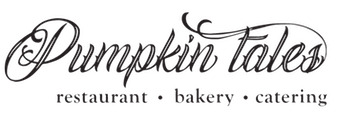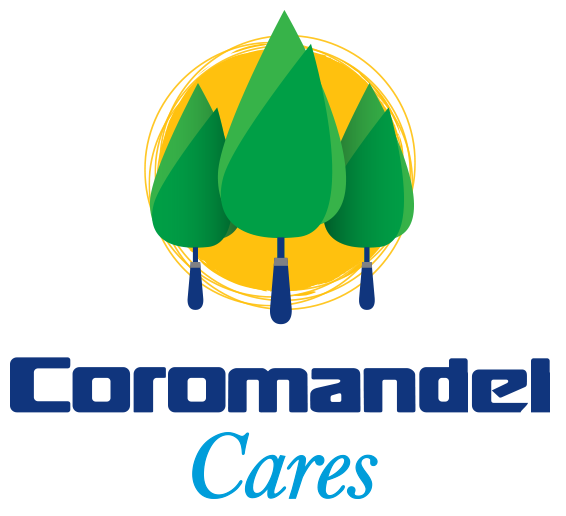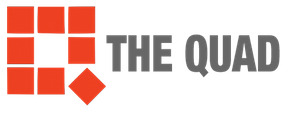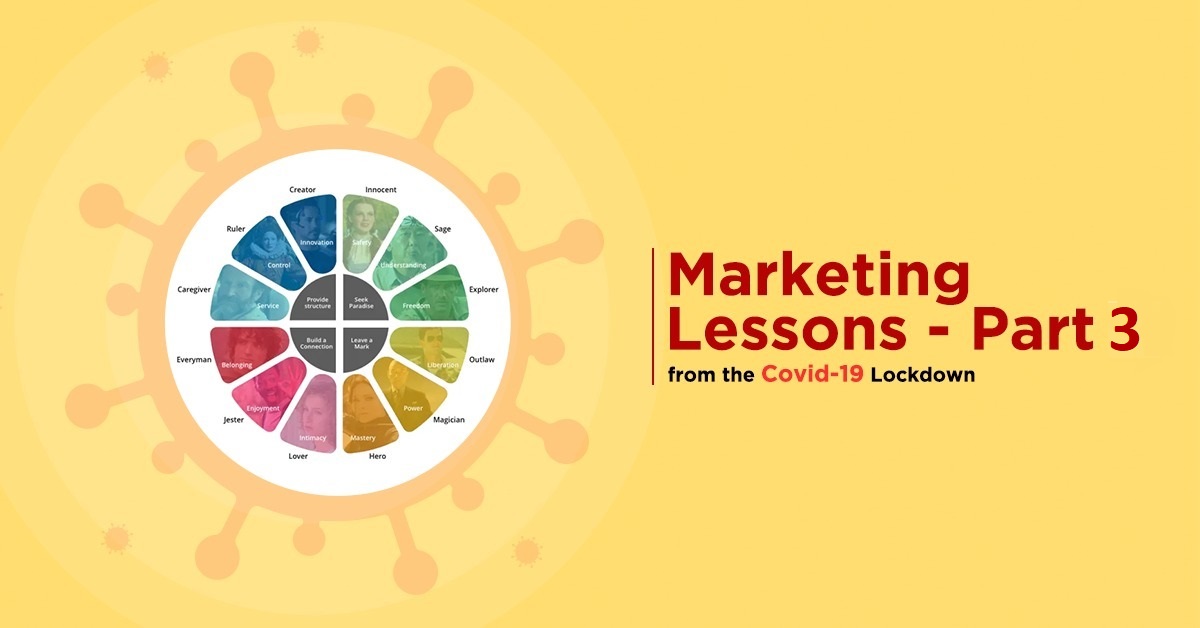
In our latest post, we looked at how a simple Brand Archetype framework can help brands engage powerfully with participants [not consumers!] in times of crisis
[Read Parts One and Two here:
https://blogs.inception.net.in/2020/05/07/marketing-lessons-from-the-covid-19-lockdown-part-two/
https://blogs.inception.net.in/2020/04/15/marketing-lessons-from-the-covid-19-lockdown-phase/]
In our final post, we explore how some beloved brands are responding to the Covid-19 crisis. A typical issue with a crisis is the risk of brands pushing generic messaging out.
“Locked down? ‘We are all in this together’ or ‘We are family’. Constrained mobility? ‘We’re online!’ Haven’t we all started cringing when we see canned, inauthentic and unfeeling messages such as these? What we may think is needed for immediate consumer convenience may prove to be detrimental to brand equity in the long-term.
With little time and money and lack of physical access to new footage, many brands scramble to piece generic footage and messaging together, as a response to perceived consumer needs. This is further amplified and re-amplified by social media echo chambers.
What they should rather be doing is stepping back to take a brand-resonant stance.
How can a brand go beyond generic messaging to do this? We turned our Brand Archetype/Insights Marketing lens on the landscape to analyze some of the more clutter-breaking campaigns. To make the insights sharper, we dug into these brand’s timeline of ads and consumer content to see how the crisis has helped them consolidate or reframe their core values and messaging tone
- #MintBeforeYouMask – Hershey’s Ice Breakers
Sales of gum have plummeted thanks to social distancing. Gum use has driven by messaging that targets anxieties around self-image and physical proximity. Hershey’s Ice Breakers is an Everyman brand that has stood for helping people overcome this anxiety and connect, and boosts confidence in a direct, no-nonsense way. Take a look at its 2017 “Be You-Nicorn” campaign to see how well it uses millennial semiotics [like the popular unicorn, which signifies uniqueness, authenticity and a touch of magic – values that research shows millennials self-identify with closely] to help them overcome social anxiety by being one’s true self
During the Covid-19 crisis, instead of jumping on the social/physical distancing bandwagon which would have been on-brand but quite generic, the brand dug deeper into what it truly means to be an Everyman and transform a consumer’s life. When the marketing brains at Hershey’s heard of ‘mask breath’ – a new reality and anxiety in these times, there was a great opportunity to pivot and position the product as a way to feel fresh and smell good for your own self, and not just in order to connect better with others
In doing so, the brand goes a level deeper in its archetype – from forming social connections [which is not something the brand can do now!] to helping people connect with themselves, and own their ‘flaws’. Identifying mask-breath as something that matters only to the person – and despite [or because of that] being an important pain-point to address – makes Ice Breakers seem so much more empathetic in how it understands and helps the consumer!
Ice Breakers – you seem to know what we really need!
2. Play For the World, and You Can’t Stop Us – Nike
Nike is probably the best example of the Hero brand archetype. A whole body of their brilliant content and copy over the years has focused on helping people overcome adversity, master anything they set their minds to, and be their best selves. Find Your Greatness [2012] was a particularly beautiful example of moving from being the brand choice of pro athletes to ‘everyday athletes’, and helping ordinary people find their best selves – something that presaged fitness accessories as an industry going mainstream and catering to the common woman and man! That’s when the archetype moved from just ‘enabling individual mastery’, to ‘enabling a community that uplifts each other’.
During this crisis, Nike has delved into the latter, the deeper archetypal role of the hero – a humanitarian who makes sacrifices for the greater good – with its Play For the World campaign. Asking people to stay indoors and continue working out, and celebrating those who turn every corner of their home into a workout prop – these are masterstrokes that transform something as individual as isolation and one’s personal fitness goals into a heroic, community-focused act of doing the right thing by others!
Nike – you make us all feel like better people!
3. Explore the Great Indoors – Jeep
Remember when Jeep won the hearts of younger, millennial car-buyers with its Recalculating campaign? True to its Explorer brand archetype, the campaign used a GPS navigation system as a narrative trope to show how well they ‘get’ millennials. The ad shows the protagonist experiencing life as a series of difficult decisions – a version of most millennial’s anxieties and excitement around the whole idea of ‘adulting’. Spotlighting on buying a Jeep as one such ‘adulting’ choice that helps one feel free and untrapped by ‘growing up’ was a great use of the archetype. The connect was about enabling the user to explore the big, beautiful world out there
With that impulse for freedom restricted by lockdown, Jeep’s ‘Explore the Great Indoors’ campaign is a lovely, tongue-in-cheek use of a deeper layer of the archetype – turning inwards to find beauty and meaning in oneself. The creatives beautifully zoom into everyday objects in the home and flip perspective to show textures that look like the vast outdoors. The campaign feels like a breath of fresh air [tongue in cheek, again!] with its messaging of finding beauty in everyday things.
Thank you, Jeep – for helping us see with fresh eyes…
In sum: If there is one thing that can keep your brand engaging and well-loved through crisis and break through generic messaging, it is by being useful [really solving for your customers’ needs] and by being true to one’s brand identity. When consumers are grappling fundamental questions of being human, your brand wins – and will be remembered long after – for helping them navigate their realities with grace, fun, dignity, courage or any other positive human quality your brand archetype stands for.
Exploring the deeper layers of your brand archetype and what it stands for will open up new connects between your brand and your consumers’ new realities. How best can you solve their new problems with age-old human emotion? Could your brand be the one to elevate their sense of human-ness above the prevailing emotions of fear, vulnerability and raw anxiety?
Look to purposeful, emotion-led messaging to help your brand stay relevant, remarkable and beloved through these times and beyond!


